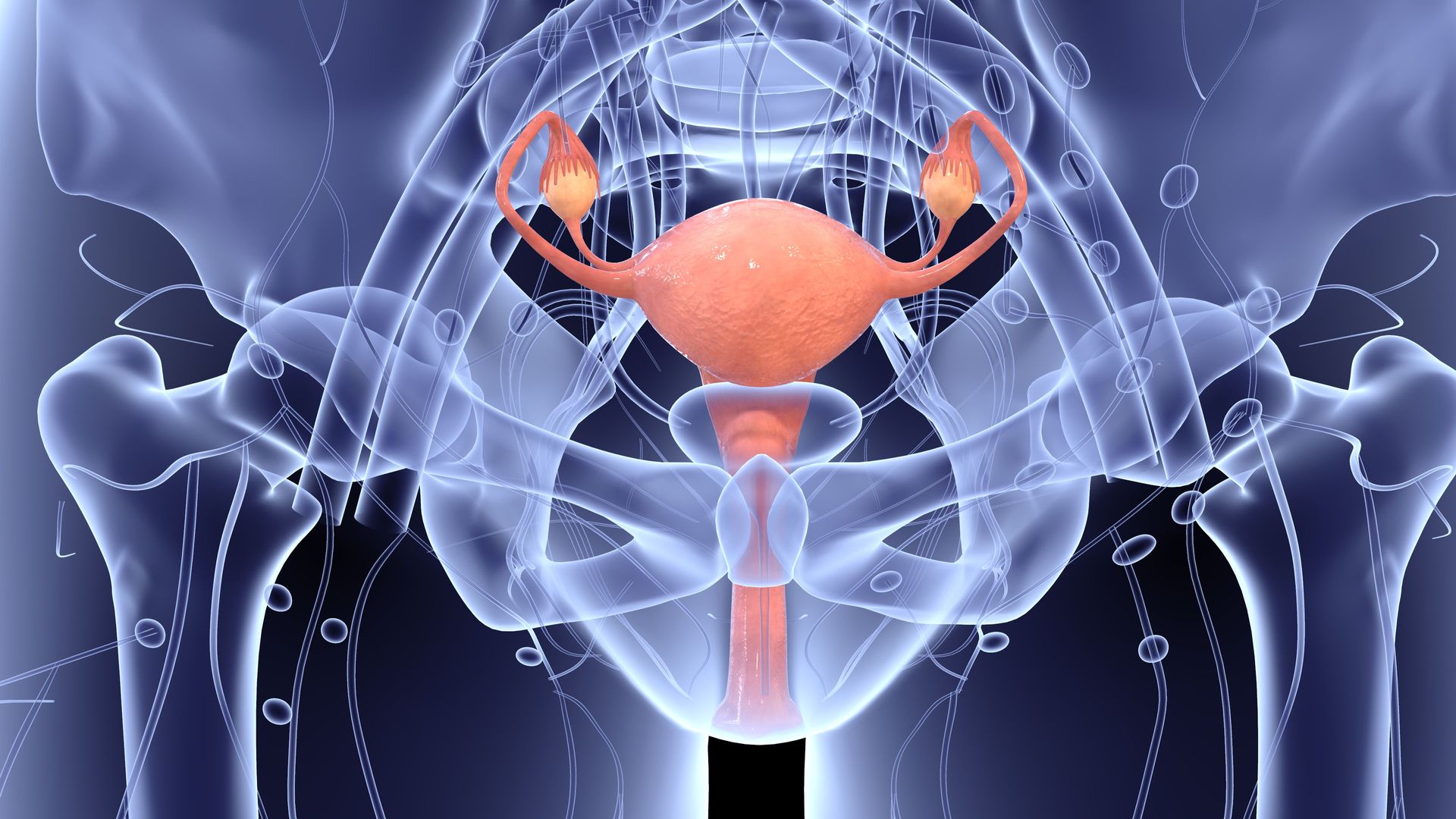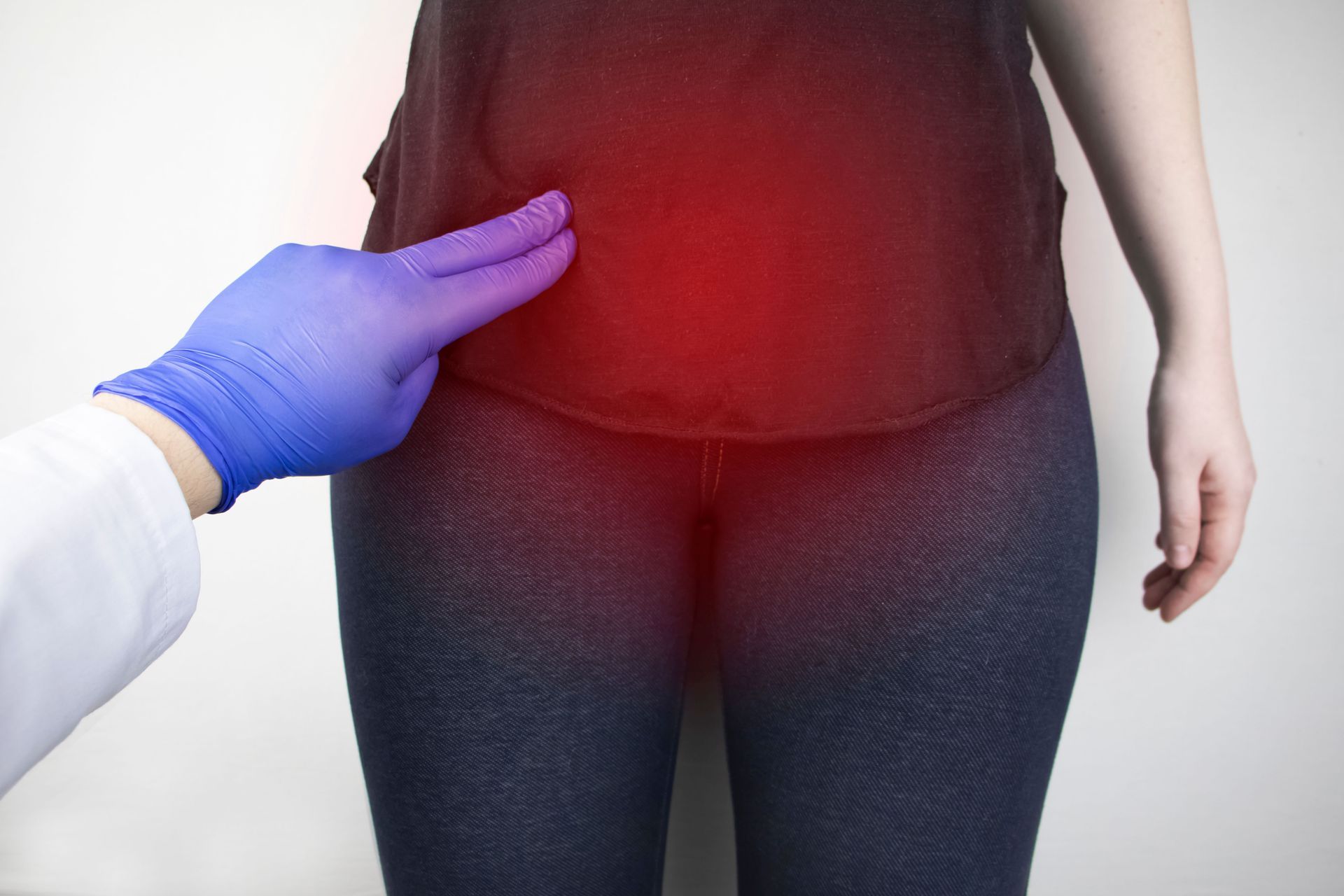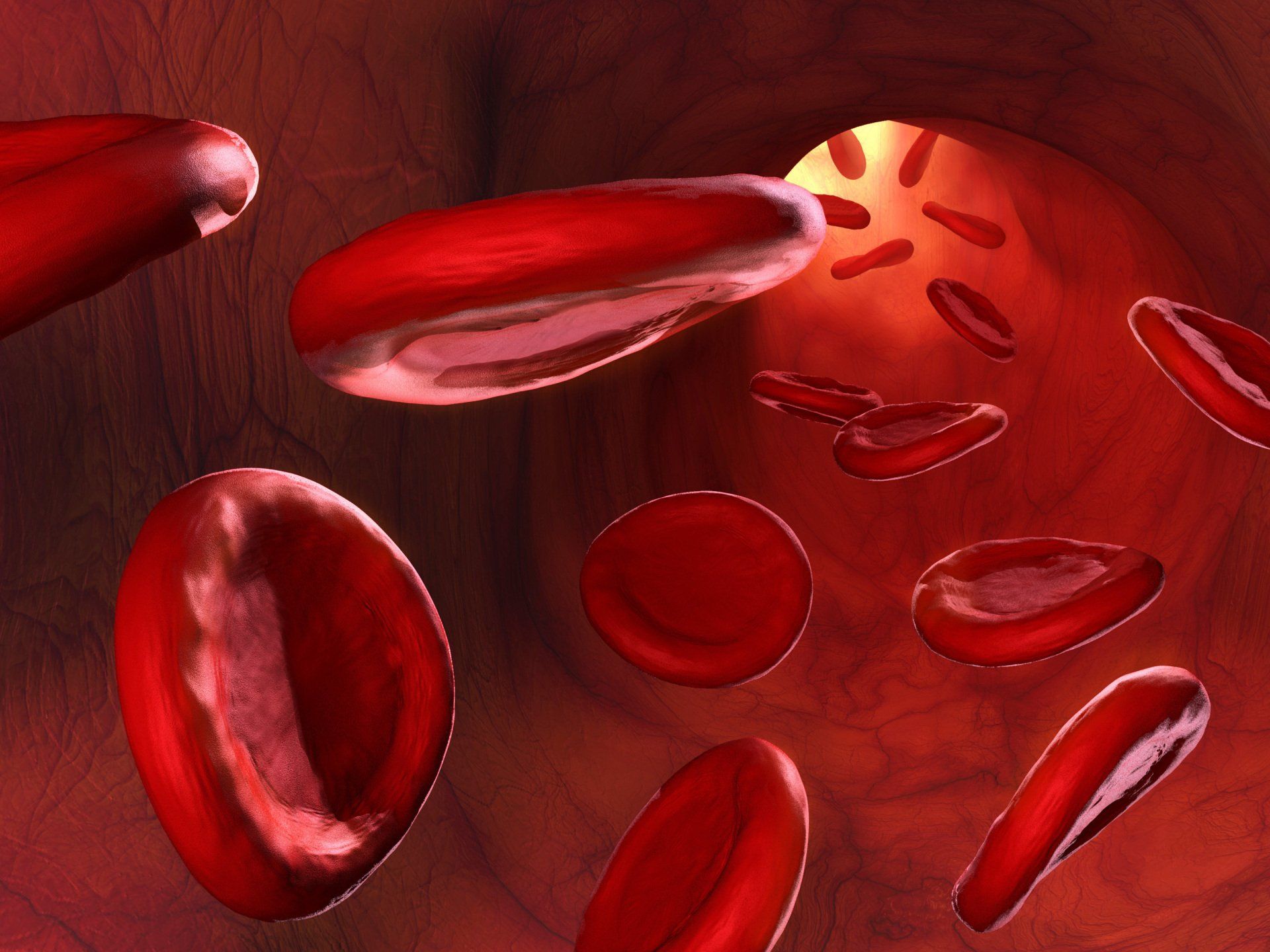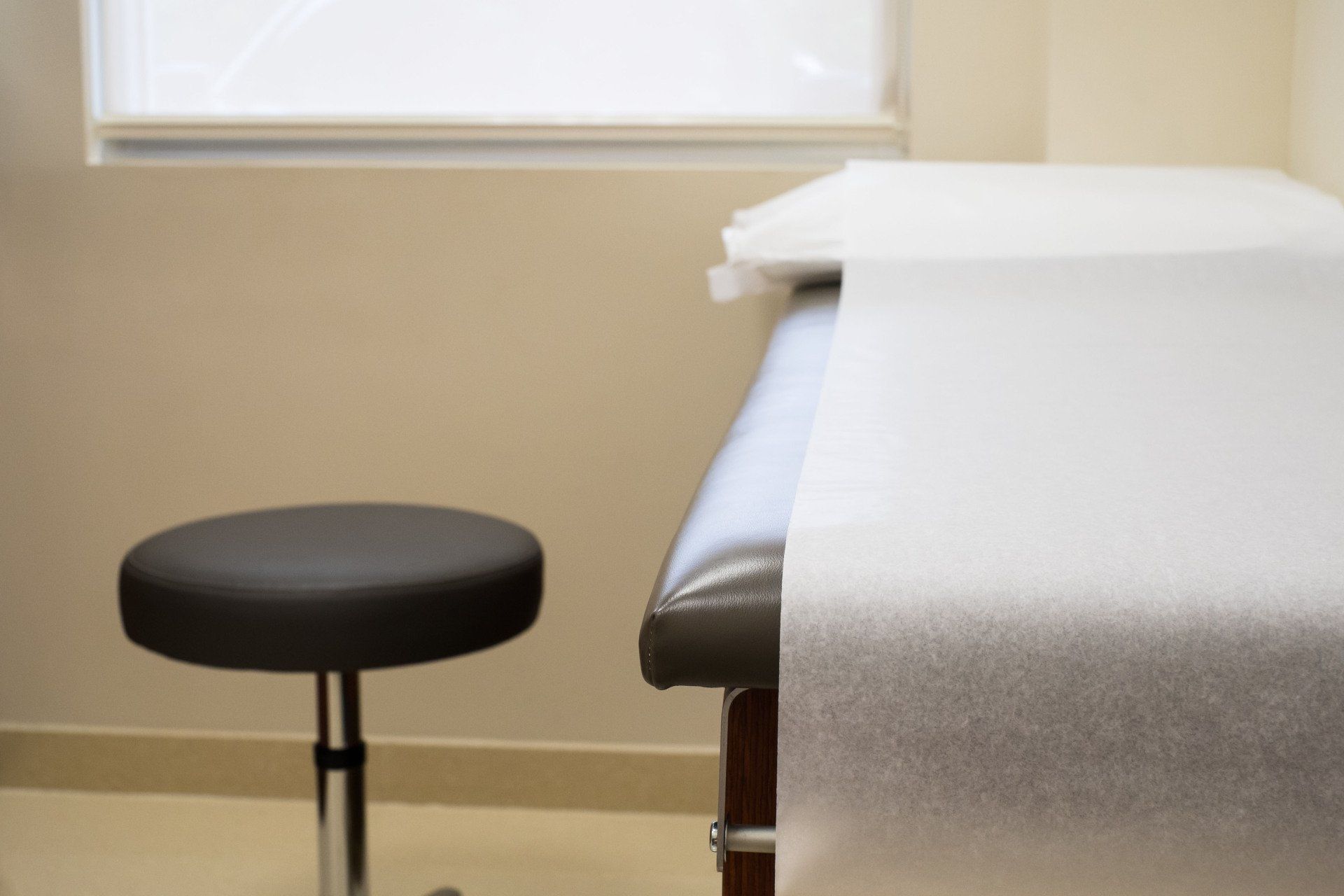Common Signs of Peripheral Artery Disease
Peripheral artery disease, or PAD for short, is a serious condition that affects the blood vessels in your body. It can cause a multitude of health problems that can greatly impact how someone functions in their everyday life. According to the CDC, about 6.5 million people aged 40 or older suffer from this condition. Let's learn more about peripheral artery disease and the common symptoms to look for.
Understanding PAD
PAD is a circulatory condition that attacks blood vessels. The vessels start to narrow and this restricts the blood flow to the arms, kidneys, stomach, and most notably the legs. The presence of PAD is a major risk factor for heart attack and stroke. Our experts have found that men are slightly more likely to develop PAD than women.
Common Symptoms of PAD
Many people who have peripheral artery disease don't even realize they have it. This is because many of the symptoms don't seem related to a heart or circulatory condition. Symptoms can include hair loss on the feet and legs, pain in the thigh or calf muscle when walking or climbing stairs, pain in hips, weakness in the legs, cold feet or lower legs, numbness, brittle toenails, sores or ulcers on the legs and feet, shiny skin on the legs with a pale or bluish tint, and erectile dysfunction in men.
How to Treat PAD
Because PAD is a problem of blood circulation, physical activity is the first line of defense in treating this condition. Supervised exercise training is often prescribed by doctors. Usually, the exercise will consist of walking and leg exercises three times a week. In some people, this can decrease symptoms in just four to six weeks, according to the National Institutes of Health.
Changes to the diet can also have a positive outcome. Most people with PAD have elevated cholesterol levels. Maintaining a diet low in saturated fat, trans fat, and cholesterol along with eating plenty of fruits and vegetables each day will help.
Individuals who smoke should stop smoking immediately. Smoking disrupts the regular flow of blood throughout the body and can complicate circulatory problems. A doctor may also recommend certain medications for this condition. It's important to follow your doctor's orders precisely so that the condition does not worsen.
If you're concerned about
peripheral artery disease, please contact Mara Vascular and Interventional Radiology of OKC. We'll be happy to schedule you an appointment.







Share On: